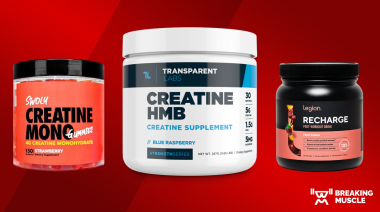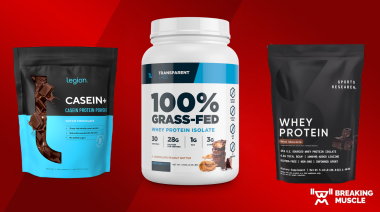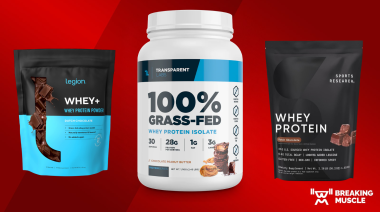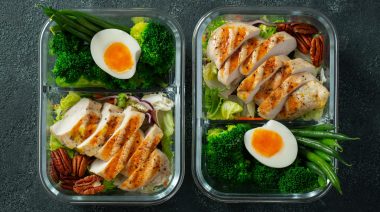Tons of discussion and controversy exist regarding that loathed or loved macronutrient, the poor carbohydrate (a.k.a. “carb”):
- Should you ingest a low-carb or a high-carb diet?
- Good carbs versus bad carbs. What are they?
- Carbs are making us fat, not high fat foods.
The Chaos and Confusion of Carbs
And that’s not all. Then there’s:
Tons of discussion and controversy exist regarding that loathed or loved macronutrient, the poor carbohydrate (a.k.a. “carb”):
- Should you ingest a low-carb or a high-carb diet?
- Good carbs versus bad carbs. What are they?
- Carbs are making us fat, not high fat foods.
The Chaos and Confusion of Carbs
And that’s not all. Then there’s:
- Over-consumption of saturated and trans fats is not the root cause of heart disease. It’s those pesky carbs.
- The Atkins Diet. You lost weight by consuming a lower-carb diet. Therefore, a low-carb intake is a viable means of weight loss, right?
- My friend lost weight by consuming only junk food. He ate everything – carbs, protein, and fat. His goal was a total calorie deficit at the end of the day. Therefore, the only thing that mattered was calories in versus calories out and not carb intake.
The average person will believe anything provided it is supported by a convincing infomercial, a supermarket magazine, or a pop-culture celebrity. But allow me to add more fuel to the fire to further create carb havoc.
Apples are a carbohydrate source. Likewise, glazed donuts are a carbohydrate source. Huh? Pasta and rice are also carbohydrate sources. However, whole-wheat pasta and whole-grain rice have higher fiber content as compared to white pasta or instant rice. Should you then eschew anything that is not whole wheat or whole grain?
Carbohydrates have four calories of energy per gram. Fats have nine calories of energy per gram. Proteins have four calories of energy per gram. Simple math would suggest you minimize fat intake and emphasize protein and carb intake if you’re attempting to lose weight.
Confusing, isn’t it? It’s time to look at the facts to attempt to make sense of it all.
Carbs 101
Carbohydrates are one of the three macronutrients your body requires to optimally function. The other two are protein and fat. You could survive solely on protein and fat consumption, but to optimize physical training and athletic endeavors, carb intake is essential.
Carbs are most commonly found in sweet and starchy plant-derived foods such as fruits and veggies, grains, and, of course, the plethora of processed products available seemingly everywhere.
Technically speaking, carbohydrates are compounds composed of different sugars, classified by their number of sugar units such as:
- Monosaccharides: glucose and fructose
- Disaccharides: sucrose and lactose
- Polysaccharaides: cellulose, glycogen, and starch
Carbohydrates serve these functions in your body:
- They supply brain energy.
- They supply readily available muscle energy.
- They prevent breakdown of muscle tissue as an energy source, especially post-training.
- Fiber-rich carbs facilitate the digestive process and help prevent digestive disorders, such as constipation or diverticulitis.
- Fiber-rich carbs like whole grains, oats, and bananas grains take longer to digest, thus minimizing your risk of overeating and becoming a calorie hoarder.
At this point, understand this as a dedicated trainee, athlete, or weight-loss seeker:
you need to consume carbs to remain functional as an alert and short-term energy-producing human being. What matters is the type and amount of carbs you consume.
What Is a Good Carb?
Good carbs include vegetables, fruits in moderation, beans, and whole grains (I know the paleo advocates cringe at this). These types of carbohydrates offer more nutrient value and do not lead to a spike in insulin. Which is good, because insulin is a hormone that promotes the storage of body fat.
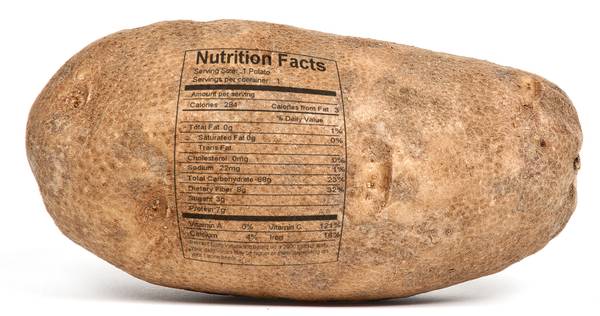
Bad carbs are not recommended because they possess less nutritional value, are quickly digested, and lead to the dreaded insulin spike. This includes refined grains, white rice, pasta, sugar-laden foods, and most boxed or frozen microwavable meals. Remember, more insulin ultimately promotes more fat stored.
How Your Body Handles Carbs
Your body has two storage sites for carbs – the liver and muscles. Stored carbs (glycogen) cannot feed the brain with energy. It’s only liver glycogen that can be broken down and sent via the bloodstream to adequately supply energy for proper brain function.
The downside of this is the liver’s capacity to stockpile glycogen is limited. Therefore, the liver glycogen supply must be constantly maintained. Plus, you cannot use that form of carbohydrate. That is why you need to consume good dietary carbohydrates.
In addition, you are limited in the amount of carbs you can store. For the average person, the capacity is approximately 400 grams in muscles and 80 grams in the liver. This is equal to approximately two cups of pasta or three candy bars. This represents the total reserves to maintain proper brain function.
This makes perfect sense so far, but what occurs when you eat too many bad carbs?
How Bad Carbs Make You Fatter
Once the glycogen stores are filled in both the liver and the muscles, extra carbs are converted into fat and stored in the fat adipose sites. Obviously, this is what you’re attempting to avoid.
If your diet is replete with refined sugars, more insulin is released and less stored fat is burned. High insulin levels also suppress glucagon and growth hormone. Glucagon promotes the burning of fat and sugar. Growth hormone is necessary for new muscle growth and development. Bad carb intake has no upside whatsoever.
The ugly truth is excessive amounts of insulin will push dietary carbohydrate intake to the adipose fat storage sites for future needs. Therefore, over consuming them leads to body fat accumulation. In plain English, too many carbs (especially bad carbs) sends a message to the body to stock up on long-term energy.
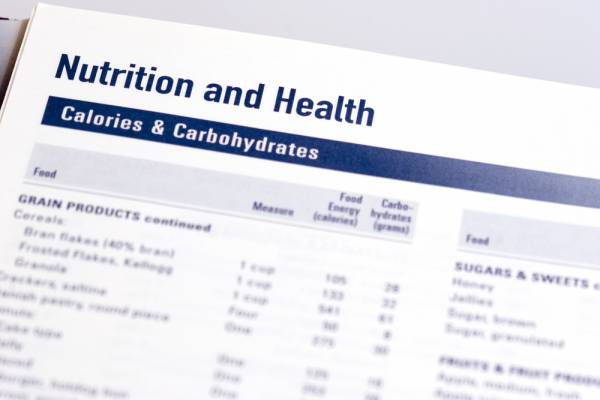
Carbs In Review
You need carbohydrates in your diet to remain mentally functional and have the energy for short-term, high-intensity efforts in your workouts and sport-practice sessions.
Consumption of “bad” unrefined carbs quickly raises insulin levels. High insulin levels result in greater fat storage and the body being unable to burn stored fat. This drives your body to use more carbohydrates and less fat as fuel. Also, insulin converts almost half of your dietary carbohydrate to fat storage. So excess bad carbohydrates in your diet not only promote fat storage, they also assure you remain fat.
On the flip side, consumption of good carbs quells insulin release, promotes the release of the hormone glucagon, and therefore augments the use of fat and sugar as energy sources.
As a dedicated trainee and athlete, you need carbohydrates to function and recover optimally. However, make sure you are consuming good carbs in your diet.
Photos courtesy of Shutterstock.

